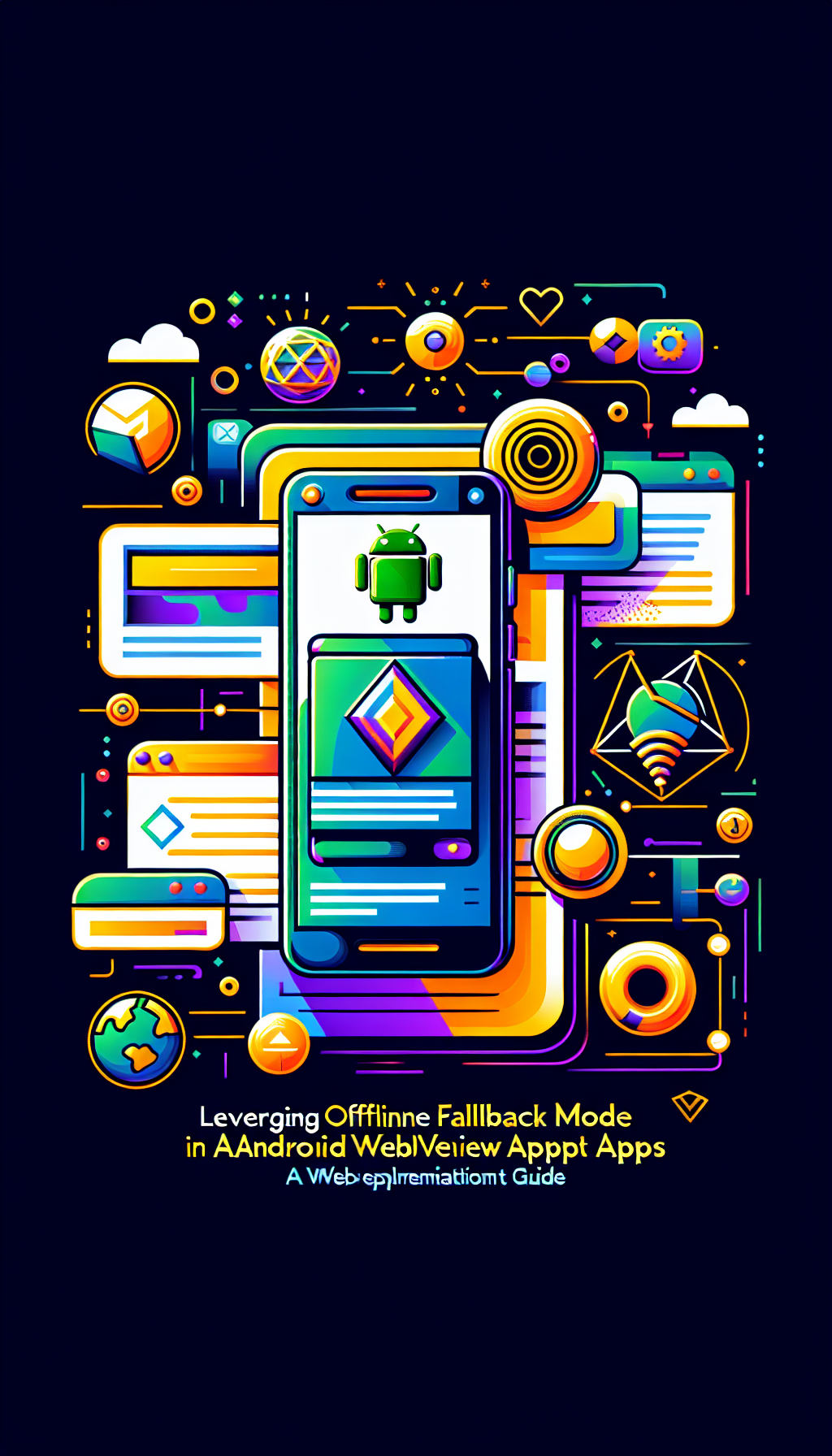
In an era where connectivity is everything, losing access to the internet can be a significant setback, especially for mobile app users. However, Android developers have a solution at their disposal: Offline Fallback Mode in Android WebView apps. This feature enhances user experience by ensuring some functionality even without an internet connection. In this guide, we’ll dive deep into how you can leverage Offline Fallback Mode using WebViewGold—a quick and simple solution to convert websites into apps for Android.
Understanding WebView and Offline Fallback Mode
WebView is a powerful component that allows Android apps to display web content. For developers, it’s a versatile tool that bridges web technologies with native app capabilities. Offline Fallback Mode takes it a step further by allowing your app to retain functionality even when there’s no internet connection. This can greatly enhance user satisfaction and reliability of the app.
Why Choose WebViewGold?
For those looking to convert their website into an Android app effortlessly, WebViewGold offers a robust solution. Not only does it simplify the process, but it also supports Offline Fallback Mode out of the box. With WebViewGold, you can quickly turn your website into a fully functional app with minimal coding effort.
Implementing Offline Fallback Mode with WebViewGold
Integrating Offline Fallback Mode using WebViewGold is straightforward. Here’s a step-by-step guide:
Step 1: Download and Install WebViewGold
First, download WebViewGold from the official website. The package includes all necessary files and documentation to help you get started.
Step 2: Configure Your App
After downloading, open the project in Android Studio. Navigate to the `config.xml` file and set your website URL as the target. This file controls various settings including the offline fallback options.
Step 3: Set Up Offline Pages
WebViewGold allows you to specify local

Leave a Reply